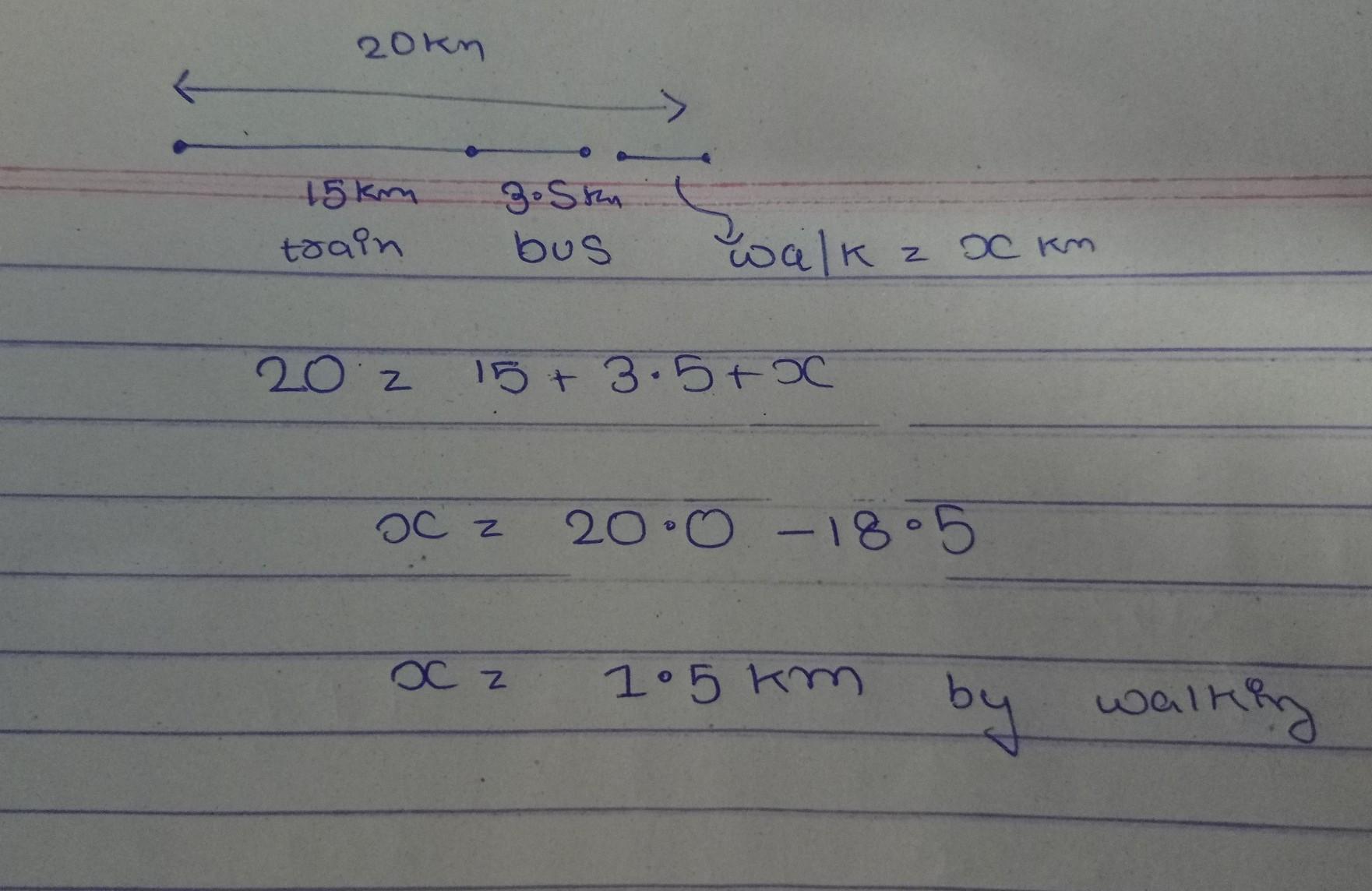Answer:
Since the NH3 ion has a complete octet structure in the Nitrogen atom, it is very electron-rich and the charge density causes a hydrogen ion, which is essentially just a proton, to be attracted to it.
Step-by-step explanation:
- When an Ammonia molecule, NH3, combines with a proton, H+ cation, the unshared or rather the lone pair of electrons in the N-atom makes a coordinate or dative bonding with the H+ and forms an ammonium ion, NH4+.
- NH3 + H+ = NH4+
- This is a special type of covalent bonding in which an atom, donates it’s lone pair of electrons, as a nucleophile, to another species lacking in electrons, an electrophile, to stabilise it.
- Note: Dative bonding is not so strong as a true covalent bond where two atoms share their valence electrons for mutual stability.
- A hydrogen ion, H+, is in fact a hydrogen atom without an electron, and that’s why it is called a proton. Acids are proton donors, and you would expect the formation of NH4+ to occur whenever NH3 comes into contact with acidic substances.
- On the whole the N In the NH3 has temporarily donated its lone pair to H+, and this makes the resulting NH4+ to assume an overall positive charge.
Hard Work Matters...
Please mark me as Brainliest if you like the answer. I am not forcing you. Hope it helps you.

